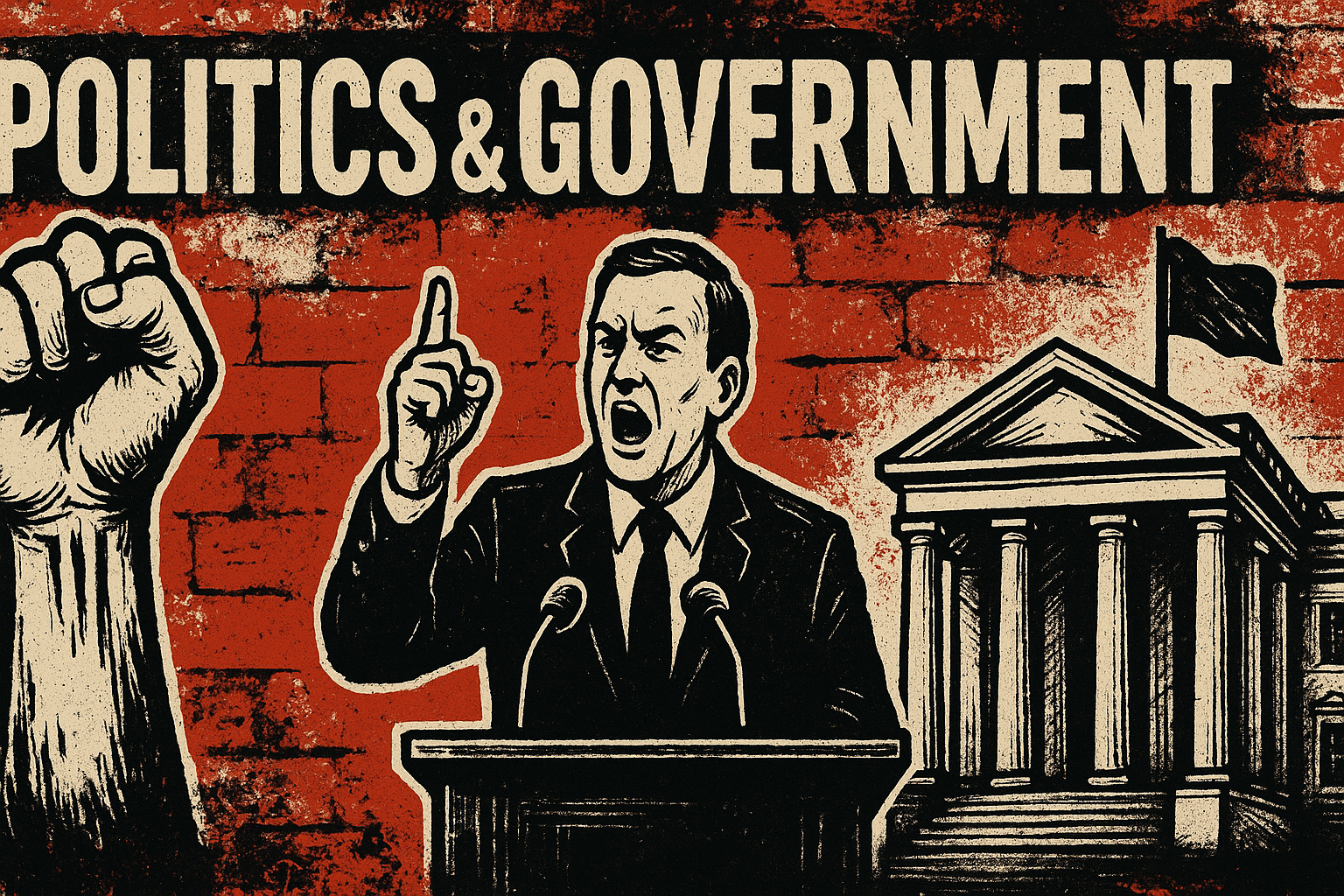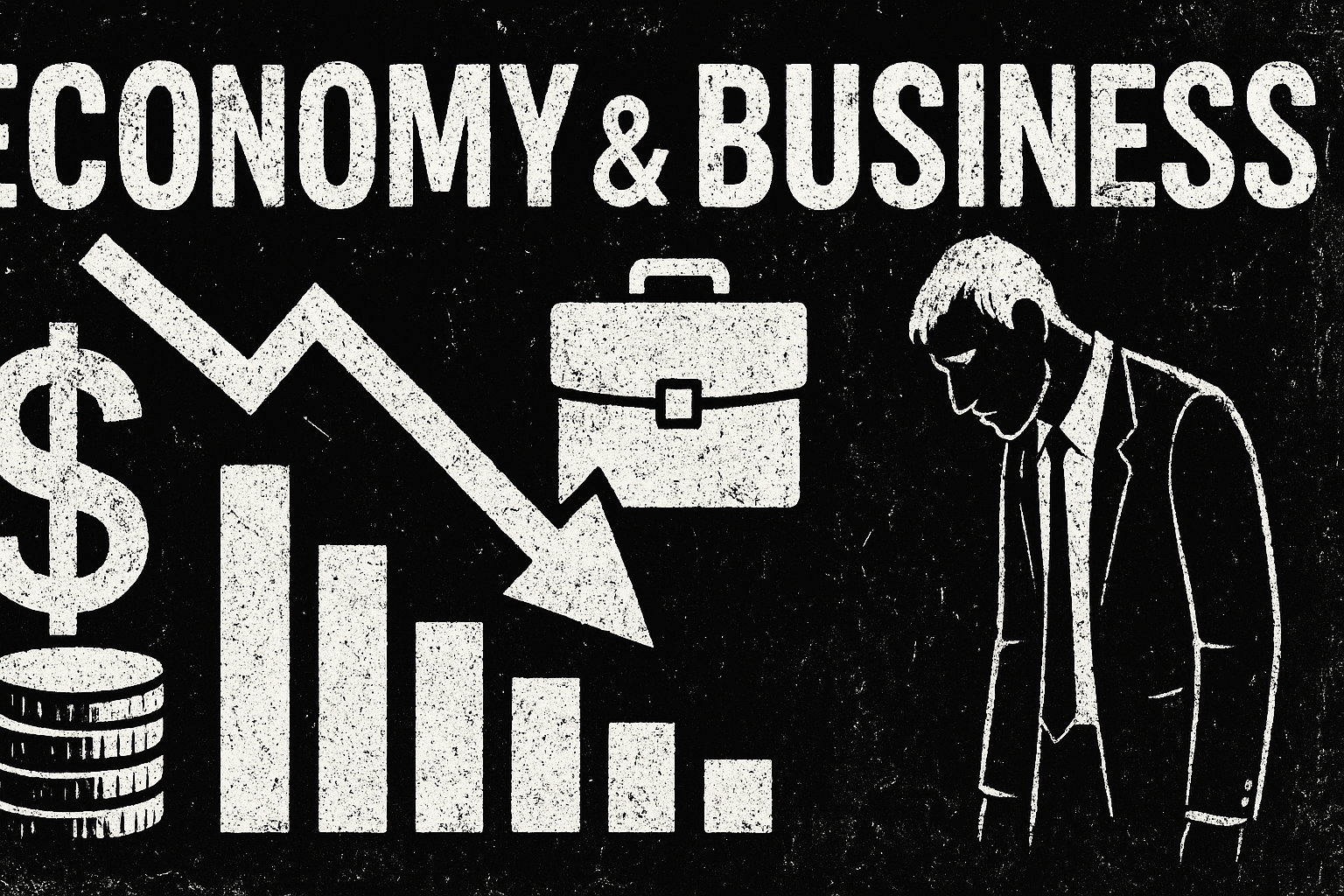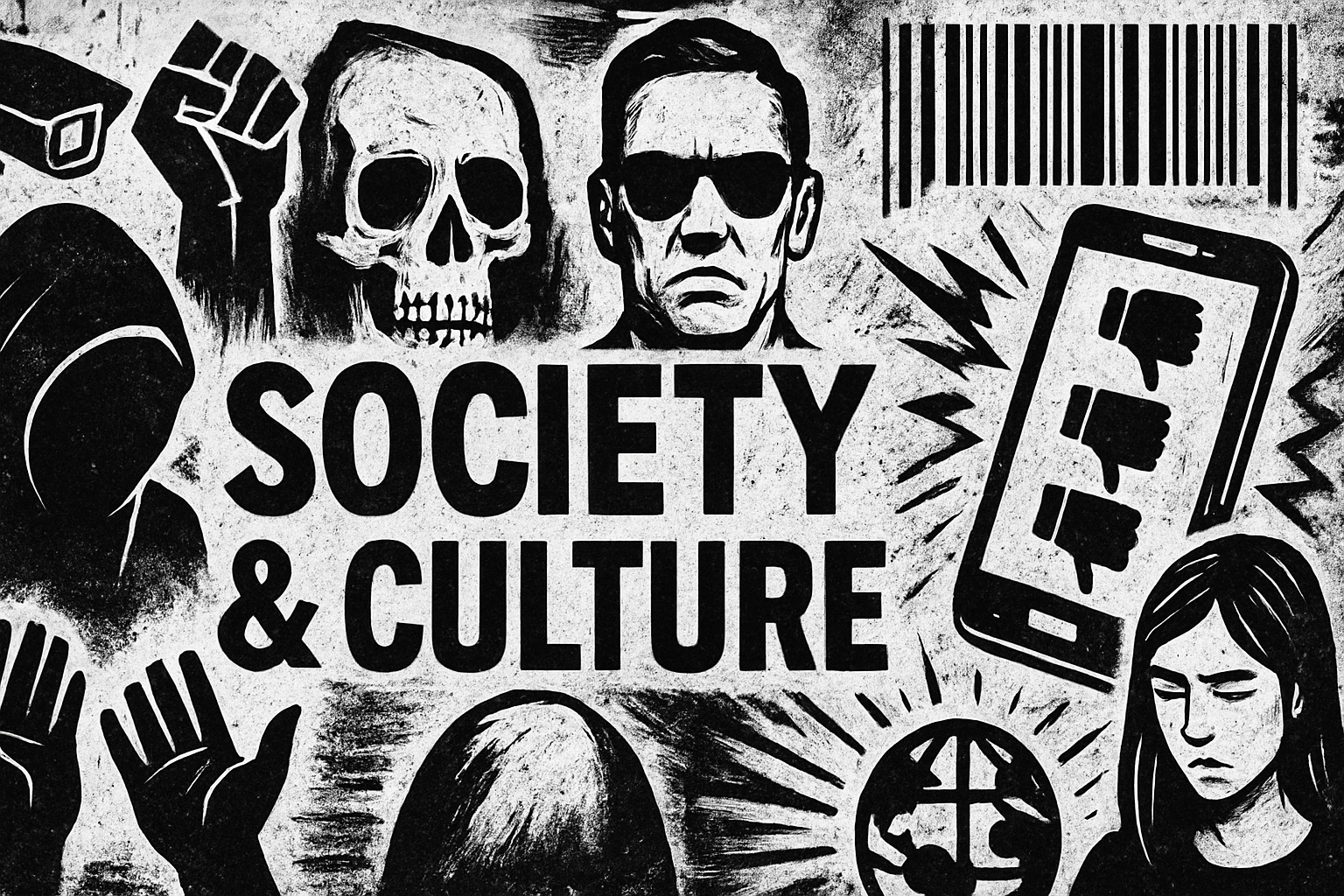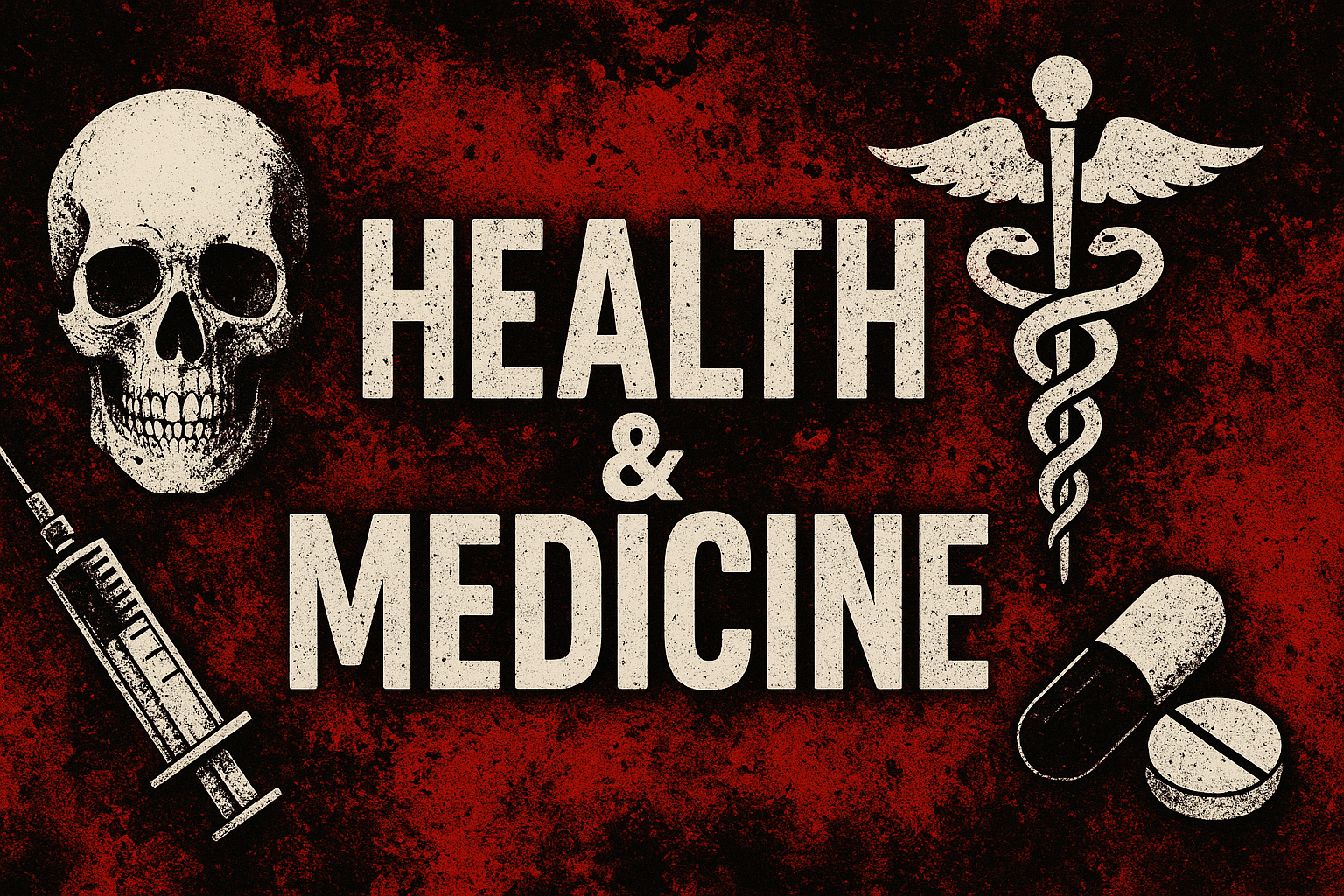U.S. Kindergarten Vaccination Rates Decline Amid Rising Exemptions

Federal data released Thursday revealed that U.S. kindergarten vaccination rates dropped last year, with the share of children with exemptions reaching an all-time high. The percentage of kindergartners exempt from vaccine requirements rose to 4.1%, up from 3.7% the previous year, marking the third consecutive year of record-breaking exemption rates. The majority of these exemptions are due to nonmedical reasons, as parents increasingly opt out of vaccinations for their children.
The measles-mumps-rubella (MMR) vaccination rate for the 2024-2025 kindergarten class fell to 92.5%, down slightly from the prior year. Before the COVID-19 pandemic, the rate was 95%, the threshold needed to prevent disease outbreaks. This decline comes amid the U.S. experiencing its worst measles spread in over three decades, with more than 1,300 cases reported so far.
The Centers for Disease Control and Prevention (CDC) traditionally publishes vaccination coverage data in its Morbidity and Mortality Weekly Report, often accompanied by commentary from agency officials. However, this year, the agency quietly posted the data online and provided a brief statement when asked for further comment. The CDC emphasized that vaccination remains the most effective way to protect children from serious diseases, urging parents to consult healthcare providers for guidance.
Public health officials closely monitor kindergarten vaccination rates because schools are hotspots for disease transmission. While all U.S. states and territories require vaccinations for school attendance, most also allow nonmedical exemptions, which have risen significantly in recent years. Online misinformation and political divisions around vaccines have contributed to growing skepticism among parents about routine childhood immunizations.
The exemption rates vary widely by state, with Idaho reporting the highest rate at 15.4%, compared to just 0.4% in Connecticut. These trends highlight the influence of local policies, community attitudes, and misinformation on vaccination decisions.
Published: 7/31/2025
















